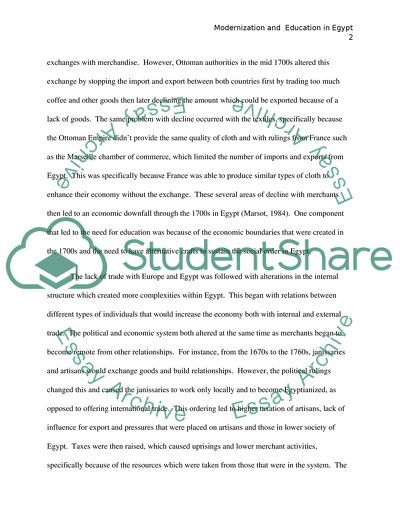Cite this document
(Modernization and Education in Egypt Research Paper, n.d.)
Modernization and Education in Egypt Research Paper. Retrieved from https://studentshare.org/education/1743569-the-grouth-of-education-in-egypt-at-a-period-of-mohammed-ali
Modernization and Education in Egypt Research Paper. Retrieved from https://studentshare.org/education/1743569-the-grouth-of-education-in-egypt-at-a-period-of-mohammed-ali
(Modernization and Education in Egypt Research Paper)
Modernization and Education in Egypt Research Paper. https://studentshare.org/education/1743569-the-grouth-of-education-in-egypt-at-a-period-of-mohammed-ali.
Modernization and Education in Egypt Research Paper. https://studentshare.org/education/1743569-the-grouth-of-education-in-egypt-at-a-period-of-mohammed-ali.
“Modernization and Education in Egypt Research Paper”, n.d. https://studentshare.org/education/1743569-the-grouth-of-education-in-egypt-at-a-period-of-mohammed-ali.


